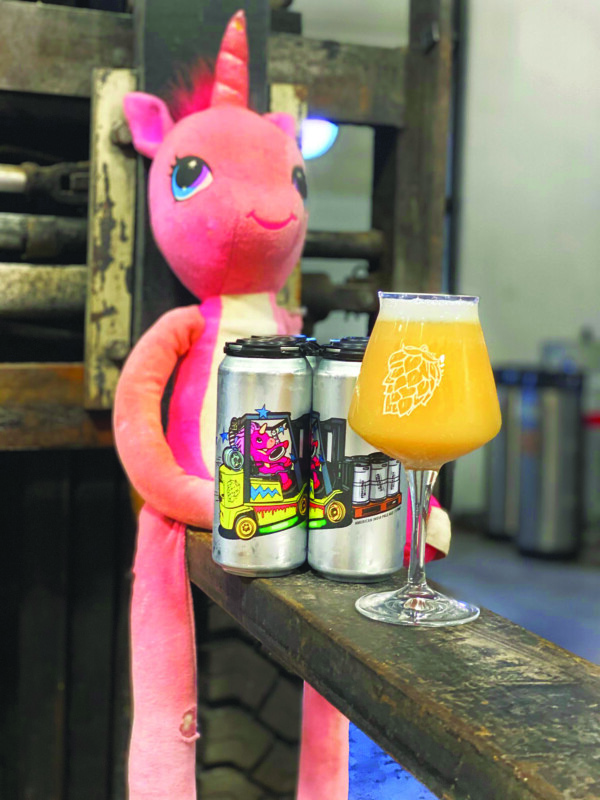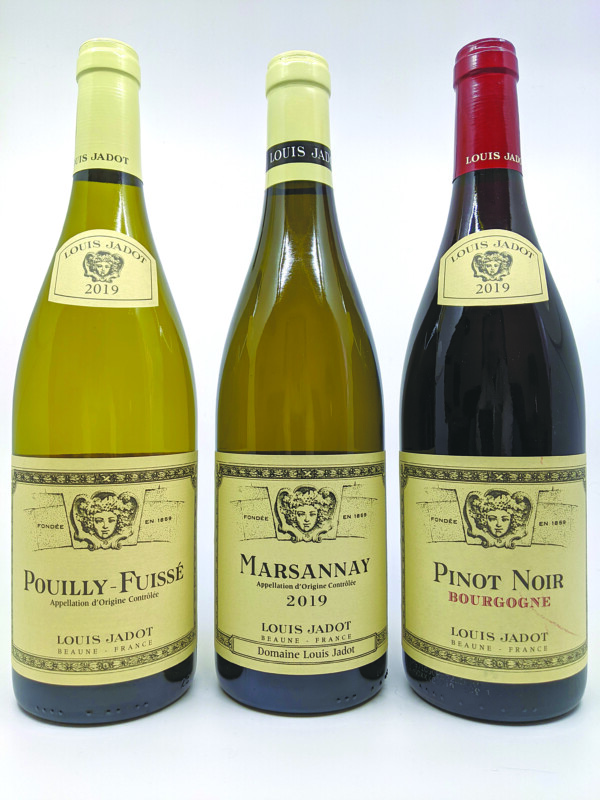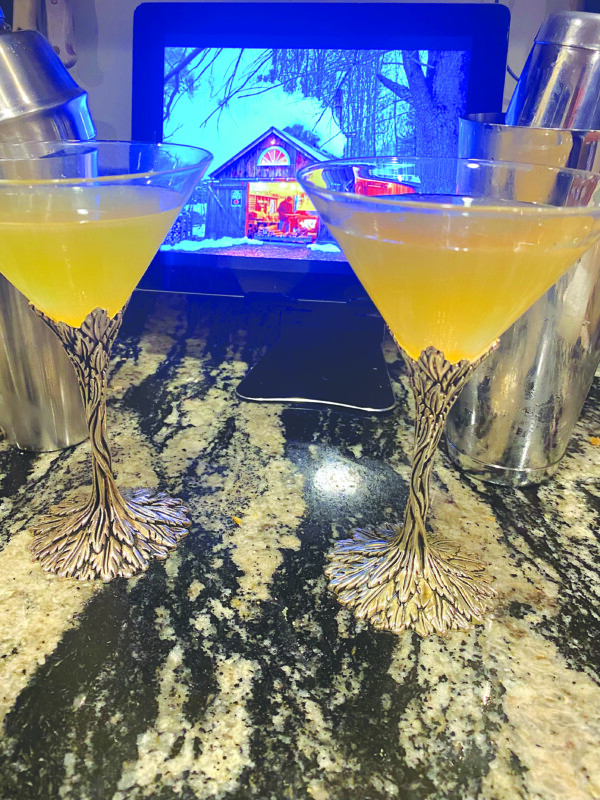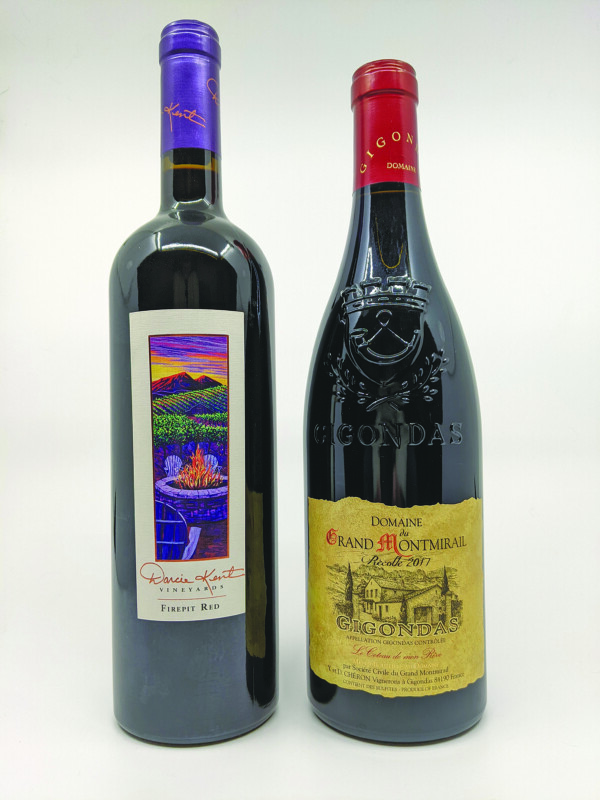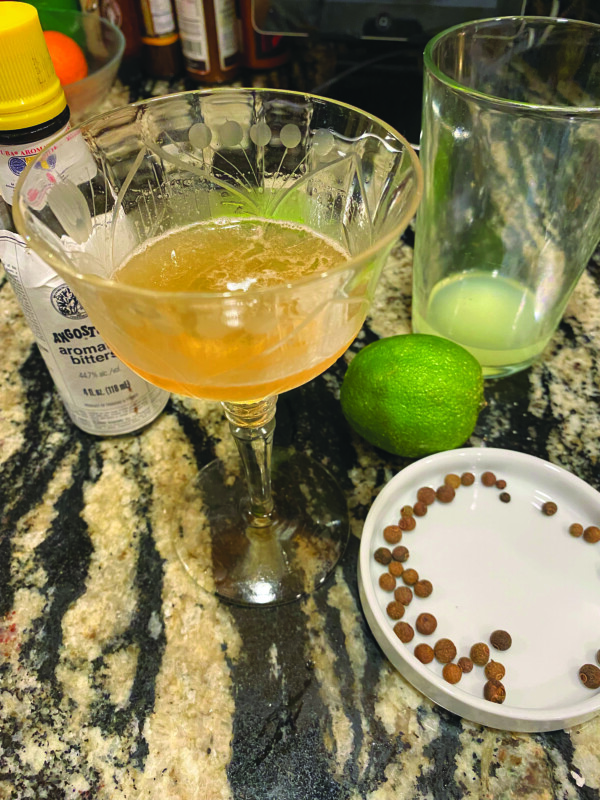You can’t overstate the perfection of this pairing
After a quick glance at the beer menu at Cornerstone Artisanal Pizza & Craft Beer in Ogunquit, Maine, a couple weeks back, I ordered the Forklift Unicorn IPA by Stoneface Brewing Co.
The bartender-slash-server said “It’s good,” and while that might not have sounded like an overwhelmingly ringing endorsement, I can tell you that based on the complete interaction, it was, in fact, the equivalent of a five-star Yelp review.
With good reason, too. The New England IPA was delightfully juicy and hazy with big hop flavors, pronounced tropical fruit and citrus notes, but with what seemed like zero bitterness. Plus, it lacked the heft of many of today’s IPAs, which was great because I was about to eat a lot of pizza.
The beer was secondary on this particular occasion, however. My wife and I had somehow found a way to take a weekend away and Friday night was my night to pick dinner. After a traffic-filled drive, we were famished and craving more carbs and cheese than our bodies could actually handle. (Is there anything that gets you craving pizza and a beer like a frustrating car ride?)
As I said, the beer delivered on the server’s promise, and so did the pizza. We went with a barbecued pulled pork pizza and a sausage, pepper and mushroom pizza.
Sipping on a delicious beer and biting into a savory, cheesy, meaty satisfying slice of pizza may not be the height of luxury, but let me know if you can think of a better combination. There’s just something about it. I swear it’s good for your soul, if not for your gut. I’m craving it right now and it’s 10 a.m.
My grandmother is 90-something years old and she still will not eat pizza without having a beer. She gets it.
Now, the type of beer matters. You want to put a bit of thought into the pizza you’re eating when selecting a brew. A coffee porter probably wouldn’t have been a great pairing with the pizzas we chose that night. Something drier, like an Irish stout, probably would have been just fine with the earthiness of the mushrooms.
IPAs stand up to just about anything but they’re so intensely flavored themselves, they can overpower your palate while you’re eating, which is why I tend to stay away from big double IPAs when I’m eating. They just offer too much flavor and too much heft for my palate.
Pilsners, like the Alexandr by Schilling Beer Co. in Littleton or the Beer Hall Lager by 603 Brewery in Londonderry, are perfect for pairing up with pizza, as lighter, crisper brews provide a perfect counterpoint to the combination of chewy dough and rich cheese.
Sours — and I would suggest sticking with lighter varieties, like a Berliner weisse — also pack a tart counterpoint that can be very nice with a slice of pizza. That said, sours vary quite a bit, so again, you just need to think about flavor combinations when you’re ordering.
My wife enjoyed the Dichotomie Saison Inspired Cider by Austin Street Brewery and the beer’s fruity, funky flavor worked really well with the pulled pork pizza, which included a topping of crunchy, sweet coleslaw.
Saisons can be spicy, which makes them an interesting choice for pairing up with pizzas that have a little spice as well — think banana peppers and pepperoni.
I finished up my Forklift Unicorn and ordered an Irish red ale by Geaghan Brothers Pub & Craft Brewery out of Bangor, Maine, and I found the light body and flavorful malt a nice pairing with both of our pizzas.
The core message here: Be like my grandmother and don’t eat pizza without beer.
What’s in My Fridge
Guinness Draught Stout by Guinness & Co. (Dublin, Ireland) It was Saint Patrick’s Day last week after all, and of course Guinness is a fitting choice. There’s nothing quite like watching a Guinness cascade in the glass as you prepare to enjoy a meal of corned beef and cabbage. Dry and drinkable, Guinness is a perfect change of pace. Cheers.
Featured photo: Forklift Unicorn IPA by Stoneface Brewing Company. Courtesy photo.

